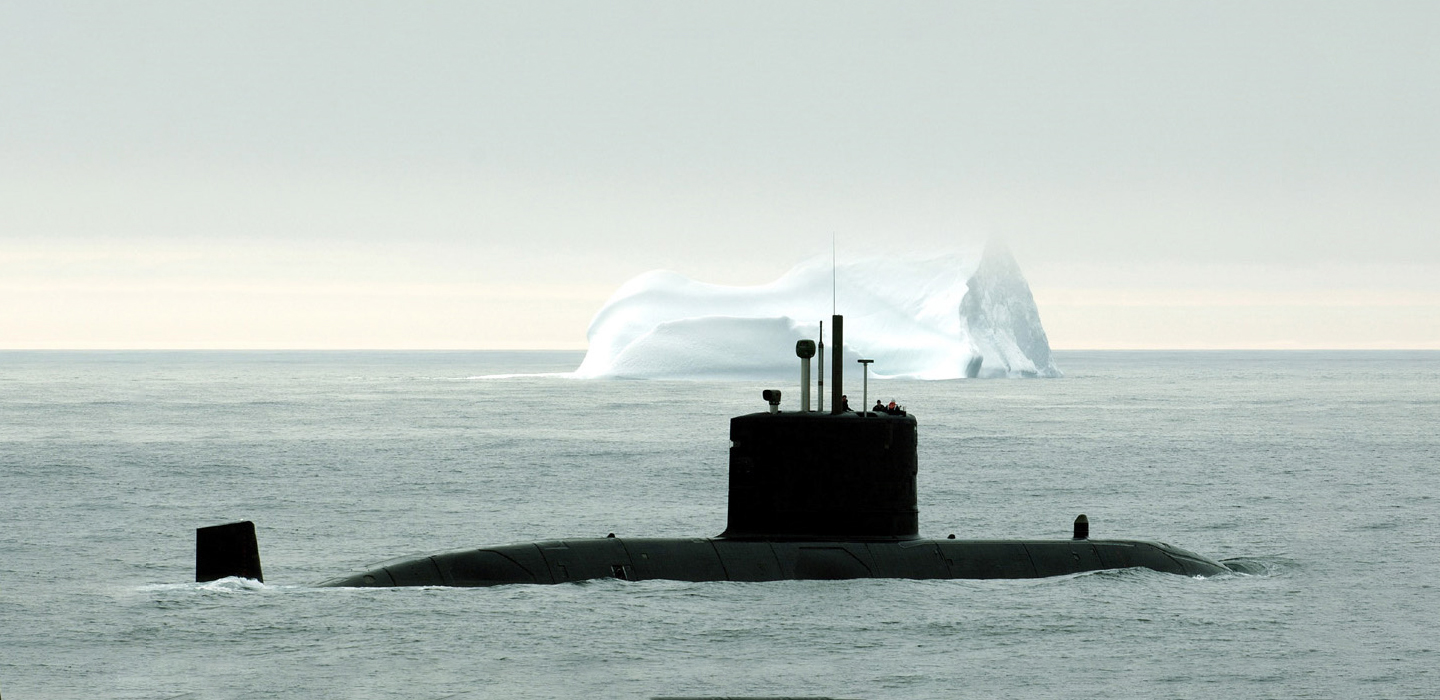FleetViewTM
Background
A review of submarine maintenance practices conducted by the Director General Maritime Equipment Program Management (DGMEPM) under the Submarine Maintenance and Operational Cycle Alignment and Rationalization (SUBMOAR) project determined that efficiencies could be achieved by adjusting the Operational Profile of the Class in conjunction with the realignment of maintenance routines.
In order to transition the Victoria Class Submarine to the new operational profile, an in-depth analysis of the proposed changes along with a simulation of the long term implications of the modifications on operational availability, performance and resource demands was required. Traditional methods of analyzing the interrelationships between elements within a complex resource constrained environment are both time consuming and extremely difficult to capture with any degree of reliability and consistency making optimization challenging to effectively manage.
Solution
Babcock Canada together with the Canadian Department of National Defence (DND), with considerable experience gained from the Royal Australian Navy, have developed a scheduling model for the Victoria Class Submarine that combines a variety of infrastructure and human resources to create a projection of resource demand against the Class, through to its end of life. The solution is known as FleetView™, which is an application included within Babcock’s iSupport360™ digital asset management suite of tools. The operational profile is built in a powerful scheduling tool. This allows the complex rules, governing the programing of maintenance to support the licensing requirements of deep diving submarine material certification, to be upheld while optimizing resources, ensuring value for money. The resulting schedule is then subjected to a Monte Carlo simulation that uses inputs of risks from SureView™, which is another application included within iSupport360™, with the aim of producing a realistic and achievable class plan. Visualization and presentation of the toolset’s outputs are achieved through a selection of interactive mediums that allow quick and easy dissemination and interrogation of the results, including ‘what-if’ scenario analyses.
Result
The implementation of the FleetView™ toolset has provided DND’s Submarine Program Management Office the flexibility to quickly assess a number of scenarios based on resource constraints such as dock availability and maintenance manpower to determine an appropriate course of management action with a
thorough understanding of the associated risks and long–term Class availability implications. As a result
of applying the toolset, DND’s submarine enterprise has experienced increased confidence, improved
consistency and a more informed decision making processes in support of Complex Asset Management.
Examples
The image shown below is an example of one of the interactive tools developed as outputs of FleetView™.





